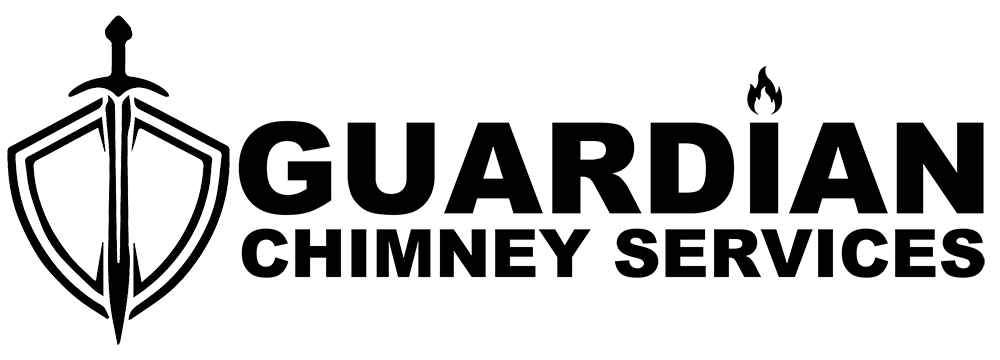
Fireplace Design and Installation
Fireplace design and installation involve creating and setting up a functional and aesthetically pleasing fireplace in a residential or commercial space. Fireplaces provide warmth, ambiance, and serve as a focal point in a room. Here’s a breakdown of the key aspects involved in fireplace design and installation:
1. Fireplace Types:
- Traditional Wood-Burning Fireplace: These fireplaces use wood as fuel and have a classic, rustic feel. They require a chimney for venting the smoke.
- Gas Fireplace: These fireplaces use natural gas or propane as fuel. They provide convenience, as they can be easily controlled with a switch or remote and don’t require wood or extensive cleanup. They need proper ventilation.
- Electric Fireplace: These fireplaces use electricity to generate heat and produce a flame effect. They are easy to install and maintain and don’t require a chimney or venting.
- Ethanol Fireplace: These fireplaces use bioethanol fuel to produce a clean-burning flame. They are versatile and don’t require a chimney or gas line but need proper ventilation.
2. Design Considerations:
- Style: Choose a design that complements the overall aesthetics of the space, be it traditional, modern, rustic, or contemporary.
- Size and Placement: Consider the available space and the size of the fireplace that will suit the area best. The placement should allow for proper ventilation and safety.
- Materials: Select appropriate materials for the fireplace surround, mantel, and hearth. Common choices include stone, brick, marble, tile, or wood, depending on the desired look.
- Safety: Ensure compliance with local building codes and safety regulations. Install proper barriers or screens to prevent accidental contact with the fire.
3. Installation Process:
- Planning and Preparation: Assess the space, determine the type of fireplace, and consult with professionals to ensure feasibility. Obtain necessary permits and consider ventilation requirements.
- Chimney and Ventilation: If installing a wood-burning or gas fireplace, a chimney or venting system needs to be constructed or adapted. This may involve working with a mason or contractor.
- Building the Structure: Construct or modify the fireplace structure, including the firebox, hearth, and chimney, according to the chosen design and materials.
- Installation of Fireplace Unit: Install the chosen fireplace unit, whether it’s a wood-burning stove, gas insert, electric fireplace, or ethanol burner. Follow the manufacturer’s guidelines and ensure proper connections and ventilation.
- Finishing Touches: Install the fireplace surround, mantel, and any additional features like shelves or cabinets, ensuring they are securely attached. Consider adding heat-resistant materials around the fireplace to protect surrounding walls.
4. Maintenance and Safety:
- Regular Cleaning: Depending on the type of fireplace, regular cleaning is necessary to remove ashes, debris, and soot buildup.
- Annual Inspections: Have a professional inspect and clean the chimney or venting system annually to ensure proper functioning and identify any potential issues.
- Safety Measures: Install smoke detectors and carbon monoxide detectors nearby. Follow safety guidelines for using and storing fuel sources and ensure proper ventilation to prevent carbon monoxide buildup.
Fireplace design and installation can be complex and require expertise in various areas, including construction, ventilation, and safety regulations. It is recommended to consult professionals or fireplace specialists to ensure a safe and successful installation that meets your design preferences and requirements.
